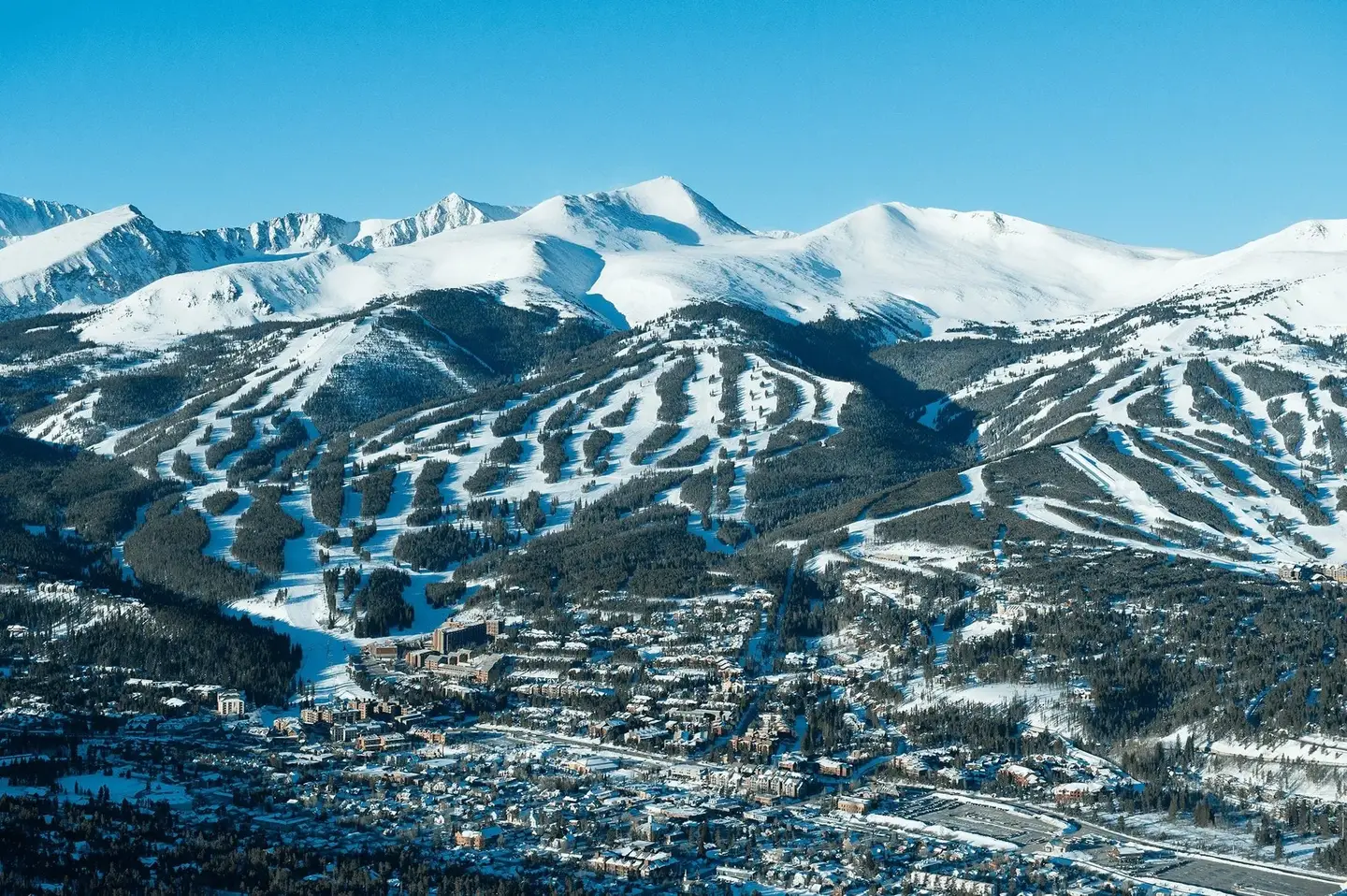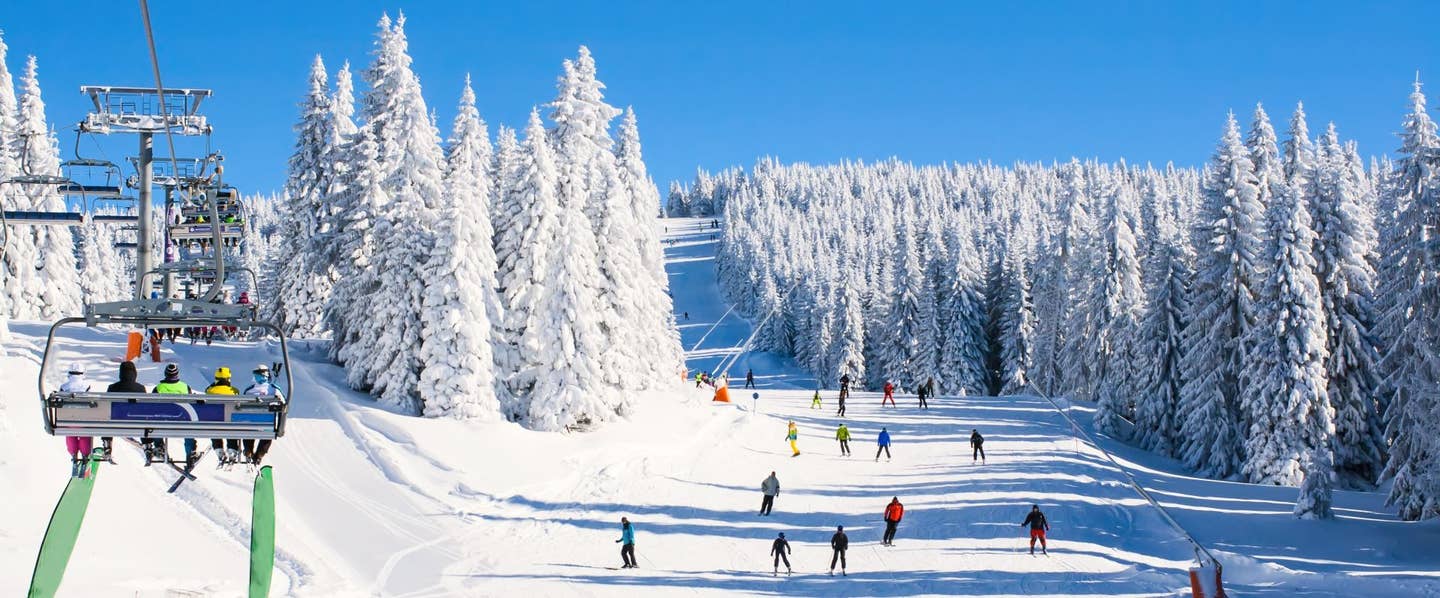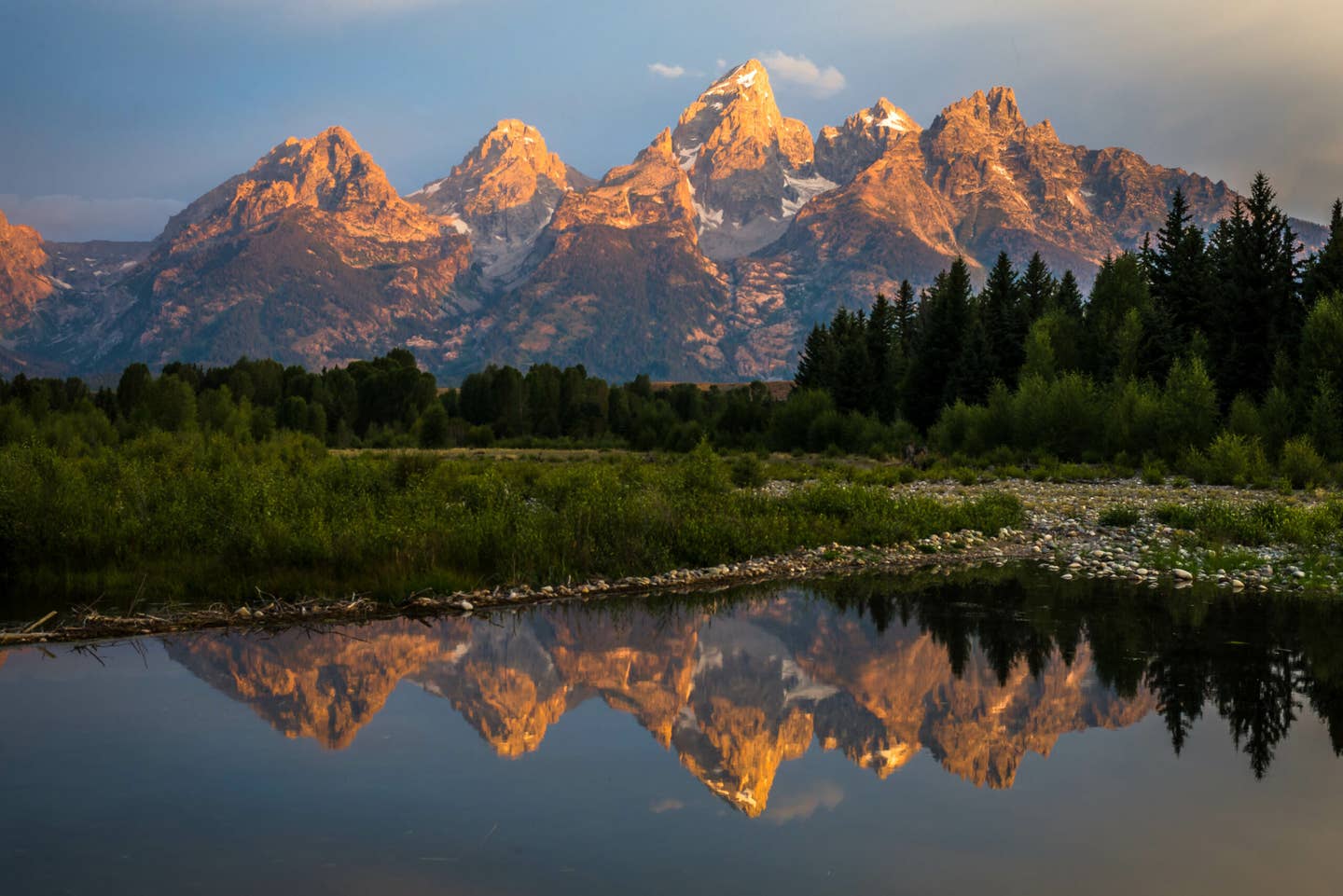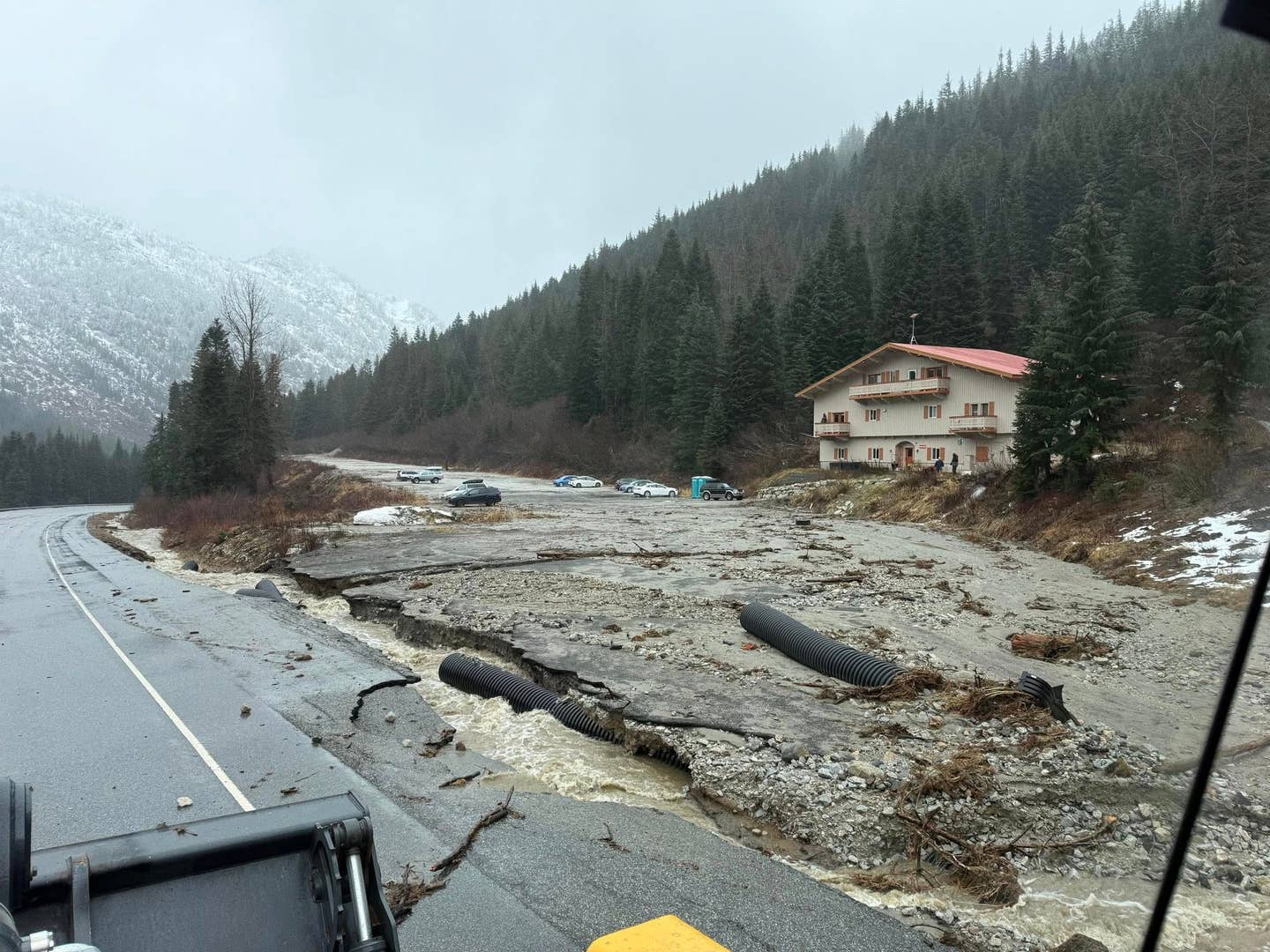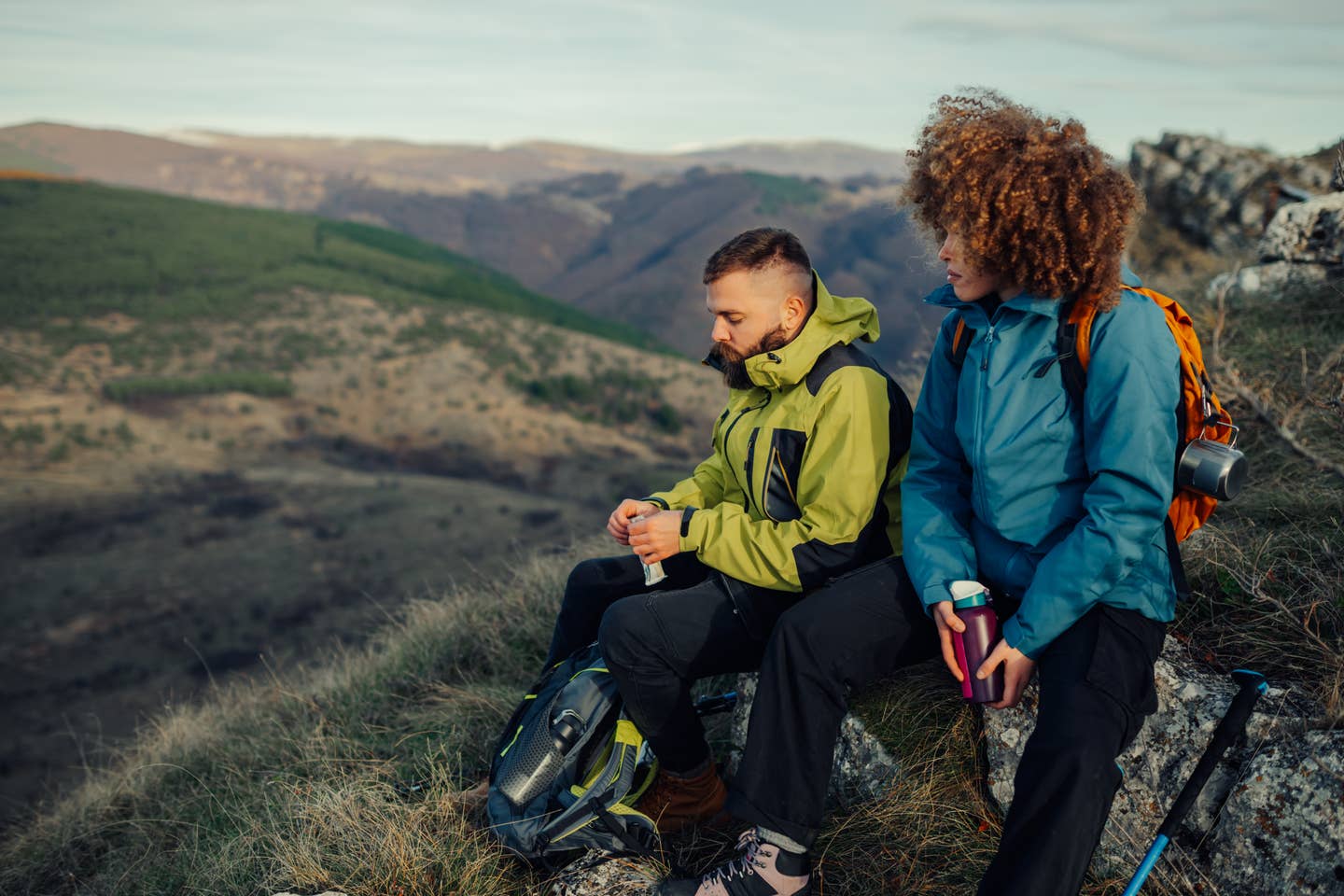

The Science of Stoked: Fueling Your Mountain Adventure
Popular Stories
You've got your gear dialed, your line scoped, and the weather is calling for an all-day mission. But one of the most critical pieces of your kit often gets forgotten until the last minute: your fuel. You wouldn’t trust your airbag with a dead battery, so why would you trust your body with an empty tank?
Proper nutrition is the unsung hero of a long day in the mountains, whether you're boot-packing a couloir, ripping a high-mileage bike ride, or earning turns on an epic tour. It's the difference between a high-energy, full-throttle day and a miserable, bonking slog back to the car. Peak performance requires more than just guts—it requires a calculated approach to fueling the engine.
This isn't about counting calories; it’s about understanding the "why" behind what you eat. Here’s your playbook for eating smart so you can ride hard, stay energized, and avoid the dreaded mid-day crash.
Part I: Priming the Engine (The Days Before)
Your work starts long before you pull on your boots. The hours and days leading up to a big effort are crucial for stocking your body’s energy reserves. This is known as glycogen loading, and it's your key to starting with a full tank.
Why it matters: Glycogen is a complex carbohydrate that your body stores in your muscles and liver. It's the most accessible and efficient fuel source for high-intensity, prolonged activity. A full tank means more sustained power and endurance.
- Two to Three Days Out: Increase your intake of complex carbohydrates. Think pasta, rice, quinoa, potatoes, oats, and whole-grain bread. These foods provide a slow, steady release of glucose, which your body can efficiently convert and store as glycogen. Avoid overdoing fats and proteins, as they take longer to digest and can make you feel sluggish.
- The Night Before: Keep it simple and clean. A balanced meal with a focus on complex carbs and a moderate amount of lean protein is ideal. Something like baked salmon with a side of sweet potatoes and roasted vegetables will do the trick. The goal is to top off your reserves without feeling bloated or heavy.
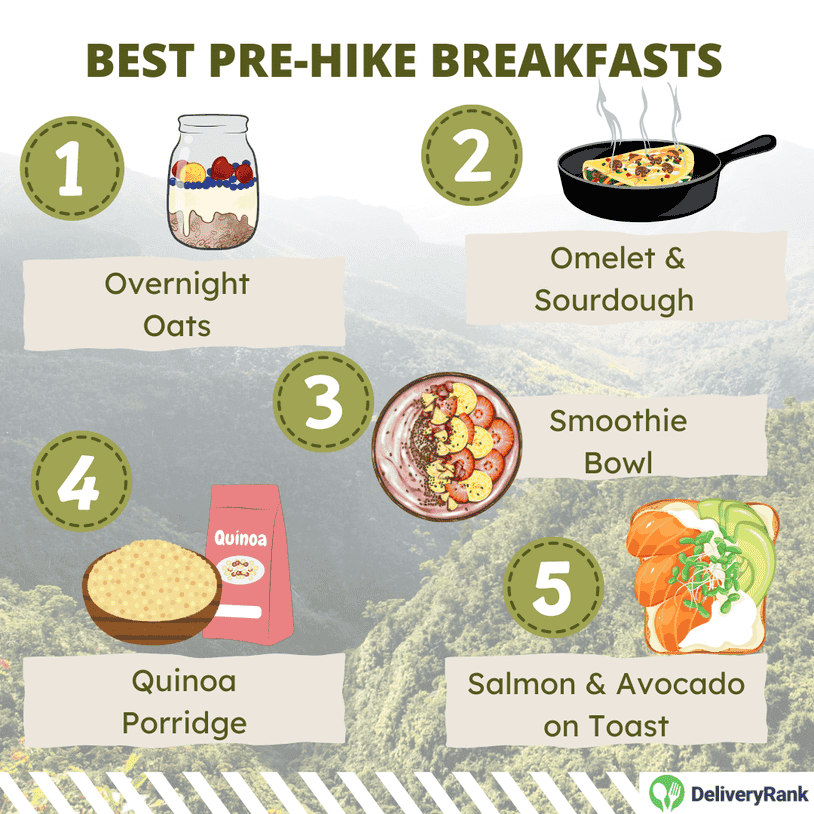
Hydration: Start Early, Stay Ahead Hydration is not something you can fix on the trail. Your hydration strategy should start 24-48 hours before your adventure.
- Drink consistently: Instead of chugging a liter of water in the morning, aim to drink small amounts consistently throughout the day leading up to your trip. This allows your cells to properly absorb and utilize the water.
- Add electrolytes: On warmer days, or if you plan to be pushing hard, consider adding electrolytes to your water. They help your body retain fluids and are crucial for nerve function and muscle contractions.
Part II: Fuel on the Fly (The Day Of)
Once you're on the move, your focus should shift to frequent, small bites. Don't wait until you're feeling a slump to eat. By then, it’s too late, as fatigue and mental fog have already set in. Aim to snack every 45-60 minutes to maintain a steady blood sugar level and keep energy from crashing.
The Macronutrient Breakdown
| Macronutrient | Role in the Body | Food Ideas |
|---|---|---|
| Carbohydrates | The primary fuel source for your muscles and brain during high-intensity activity. They provide quick and sustained energy. | Energy gels, dried fruit, granola bars, honey sticks |
| Fats | A slower-burning, dense energy source. They help you feel full and provide long-lasting fuel for less intense, prolonged efforts. | Nuts, seeds, nut butters, avocados (if you can keep it from getting mushy) |
| Proteins | Essential for muscle repair and preventing muscle breakdown. They also contribute to satiety and help stabilize blood sugar levels. | Jerky, protein bars, cheese sticks, hard-boiled eggs |
On-Trail Food: Choosing Your Arsenal
- Quick-Hit Carbs (Immediate Fuel): These are for when you need a fast boost, like before a steep climb or a demanding descent. Think of them as a shot of espresso for your muscles.
- Gummy candies or chews
- Honey or maple syrup packets
- Fruit leather
- Sports gels
- Slower-Burn Fuel (Sustained Power): This is the bulk of your intake. These foods provide a more balanced energy release, helping you avoid the dreaded "bonk."
- Trail mix with a mix of nuts, seeds, and dried fruit
- Peanut butter or almond butter sandwiches
- Pre-cooked potatoes (yes, really!)
- Energy bars with a balance of carbs, fats, and protein
- Salty Snacks (Electrolyte Replenishment): As you sweat, you lose salt. Replenishing it is key to preventing muscle cramps and fatigue.
- Jerky or meat sticks
- Pretzels or salty crackers
- Salted nuts
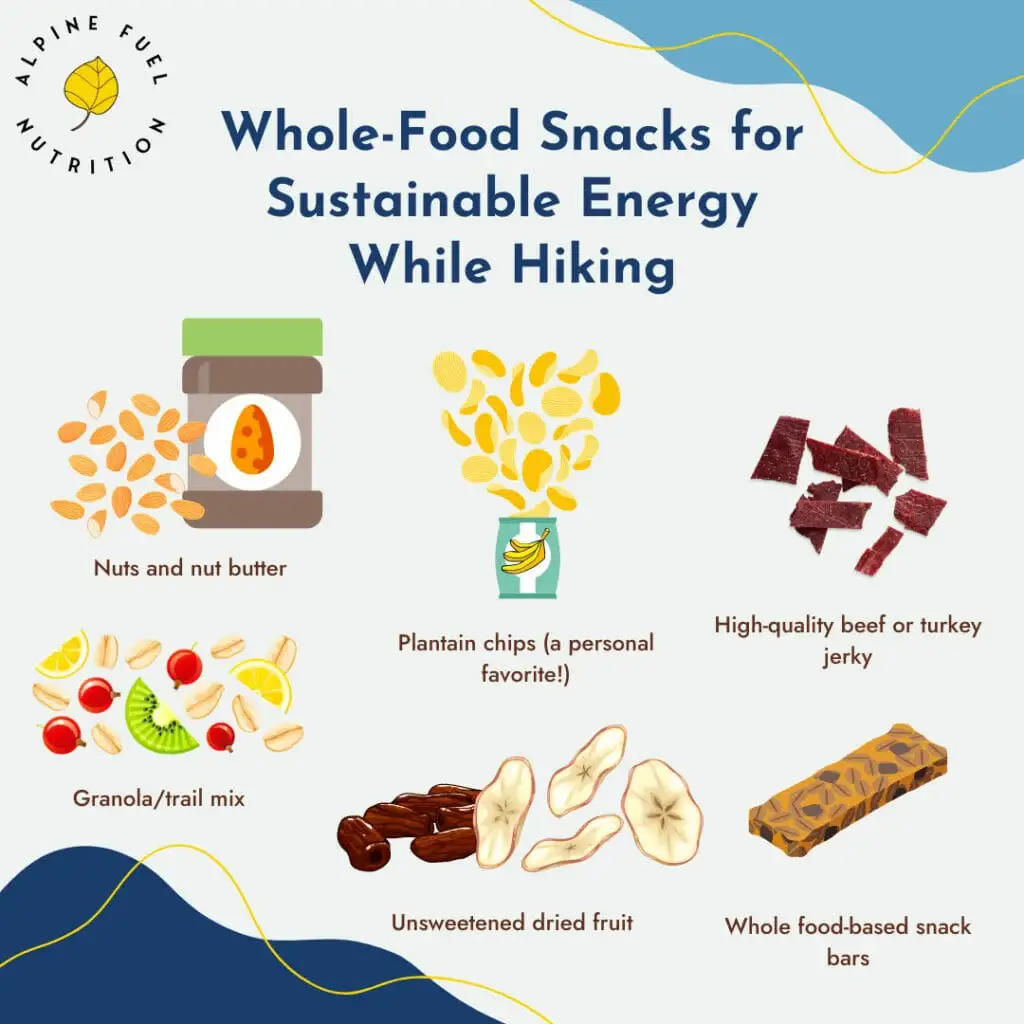
Part III: The Recovery After Party (Post-Adventure)
The day isn't over when you get back to the car. The anabolic window—the 30-to-60-minute period after exercise—is crucial for muscle repair and glycogen replenishment. During this time, your body is most receptive to absorbing nutrients.
Why it matters:
Sign Up for the TGR Gravity Check Newsletter Now
- Glycogen Replenishment: After a long day, your muscle and liver glycogen stores are depleted. Consuming carbohydrates immediately helps restock these stores, a process that is most efficient right after exercise.
- Muscle Protein Synthesis: Strenuous activity causes microscopic tears in your muscle fibers. Consuming protein provides the amino acids needed to repair this damage, which is the foundation of getting stronger.
The Golden Recovery Ratio: Aim for a ratio of approximately 3:1 or 4:1 of carbohydrates to protein.

Recovery Food Examples:
- The Go-To: Chocolate milk. It's got the perfect carb-to-protein ratio and is easily digestible.
- The Classic Shake: A scoop of protein powder with a banana and some berries.
- The Real Food Option: A turkey sandwich on whole-grain bread or a burrito with rice, beans, and chicken.
Common Mistakes & Mountain Nutrition Myths
- Myth: "I'll just eat a huge breakfast and I'll be fine."
- Reality: Your body can only store a limited amount of glycogen. A massive breakfast can leave you feeling bloated and sluggish. The best approach is a smaller, balanced breakfast and a strategic snacking plan throughout the day.
- Mistake: Not eating enough.
- Reality: Under-fueling is the most common mistake. It leads to a performance drop, mental fog, and a miserable time. Listen to your body and eat before you're hungry.
- Myth: "A big burger and fries is the perfect recovery meal."
- Reality: While it might be tempting, high-fat foods slow down the digestion and absorption of the critical carbs and proteins you need to start the recovery process. Save that celebratory meal for a few hours after your initial recovery snack.
Putting It All Together: A Sample Mountain Day Timeline
- 7:00 AM: Breakfast: A bowl of oatmeal with a handful of berries and nuts, plus a glass of water.
- 9:00 AM: On the trail/lift. Start sipping water or an electrolyte mix.
- 10:00 AM: First snack break. Consume a handful of trail mix or a small energy bar.
- 12:00 PM (Lunch): A solid sandwich or a pack of jerky with some crackers. Refill your water.
- 2:00 PM: Feeling a bit tired? Time for a quick-hit snack like a gel or some dried fruit to get you through the final push.
- 5:00 PM: Back at the car. Immediately consume your recovery food—chocolate milk, a protein shake, or a recovery bar.
- 7:00 PM: Dinner. A balanced meal with a lean protein source (chicken, fish), a complex carb (rice, quinoa), and plenty of vegetables to help with vitamin and mineral replenishment.
By understanding the "why" behind your nutrition, you're not just bringing snacks; you're bringing a strategic plan to maximize your performance and your enjoyment. So next time you're heading out to rip a line you've been eyeing, remember: the best piece of gear is the fuel in your tank.
